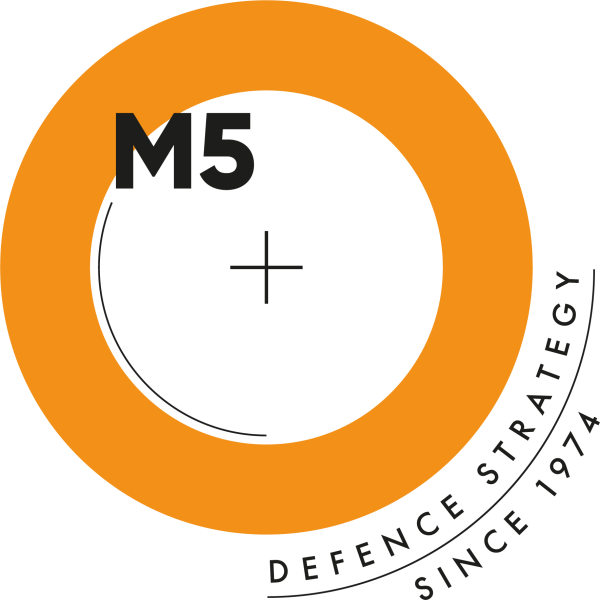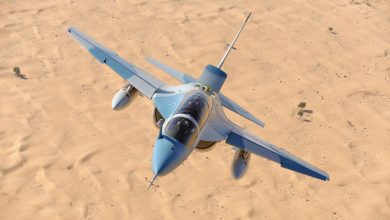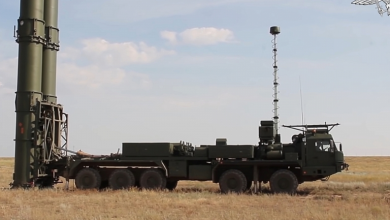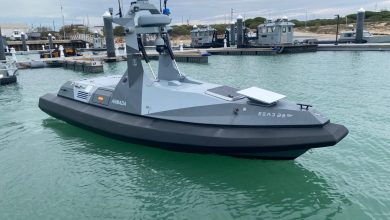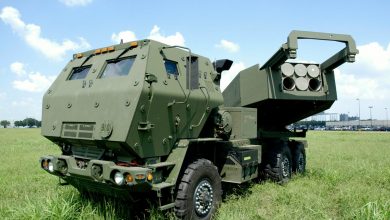GE Aerospace Partners With Polish University on F-15EX Engine Education
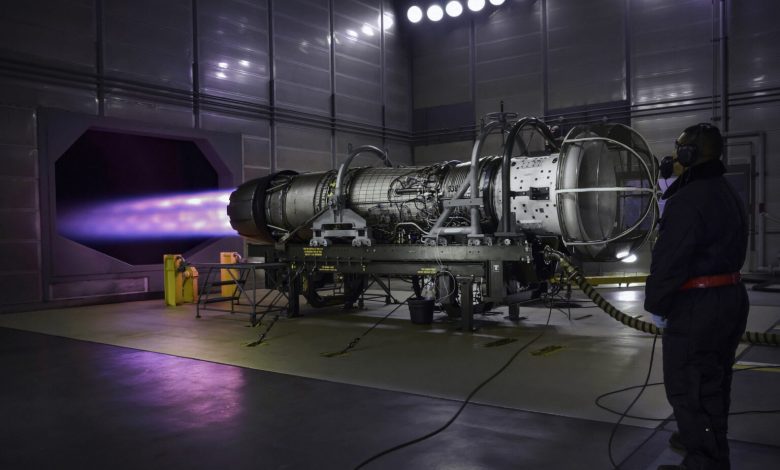
GE Aerospace and Poland’s Military University of Technology (Wojskowa Akademia Techniczna or WAT) are set to expand collaboration on F-15EX engine training and additive manufacturing.
The signed memorandum of agreement covers the possible creation of an engine training school at the Warsaw-based university to support the maintenance of the F110-GE-129 engine used on the F-15EX Eagle II fighter jet, with GE providing course material, training, and curriculum development for technicians and military personnel.
An Aircraft Engines Additive Manufacturing Laboratory to be established at WAT is also up for discussion, where it is intended to focus on equipment and training to develop additive manufacturing capabilities at the institution.
While Poland is still mulling over acquiring the fourth-generation F-15EX to supplement its air force, Regional VP/GM Sales, Business Development Europe at GE Aerospace, Scott Keating, said that the company “wants to be ready to help train the technicians and military personnel on our advanced F110 engines.”
He noted that the deal “will ensure our training readiness as well as enable WAT to benefit from GE Aerospace’s deep domain experience with Additive Manufacturing as they work to grow these capabilities in Poland.”
Meanwhile, WAT Rector-Commandant Brig. Gen. Prof. Dr. Eng. Przemysław Wachulak emphasized the institution’s aim to build on its existing experience of collaborating with the national defense industry, support local production, maintenance, and overhaul of the F-15EX engine.
In addition, the agreement includes the expansion of both partners’ existing collaboration on the AH-64E Apache offset program.
F110 Engine
Providing aircraft with “the highest thrust” at 29,500 pounds (13,381 kilograms) and with more than 90 percent of its components upgraded, the F110 engine powers several of the fighter jets operated by the US military and allied partners.
These include the F-15 Eagle, F-15EX Eagle II, and F-16 Fighting Falcon.
It is also used in Turkey’s homegrown fifth-generation KAAN combat aircraft undergoing development, though its Block 30 and Block 40 configurations are expected to use an indigenous engine to reduce dependency on external suppliers.
